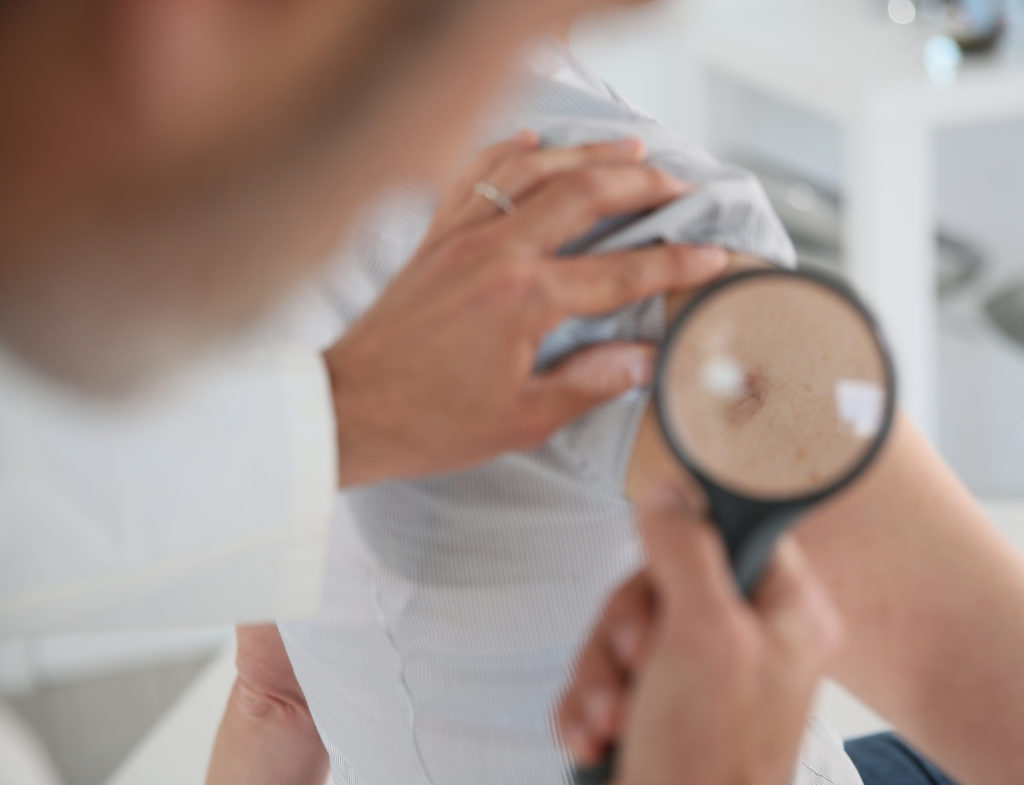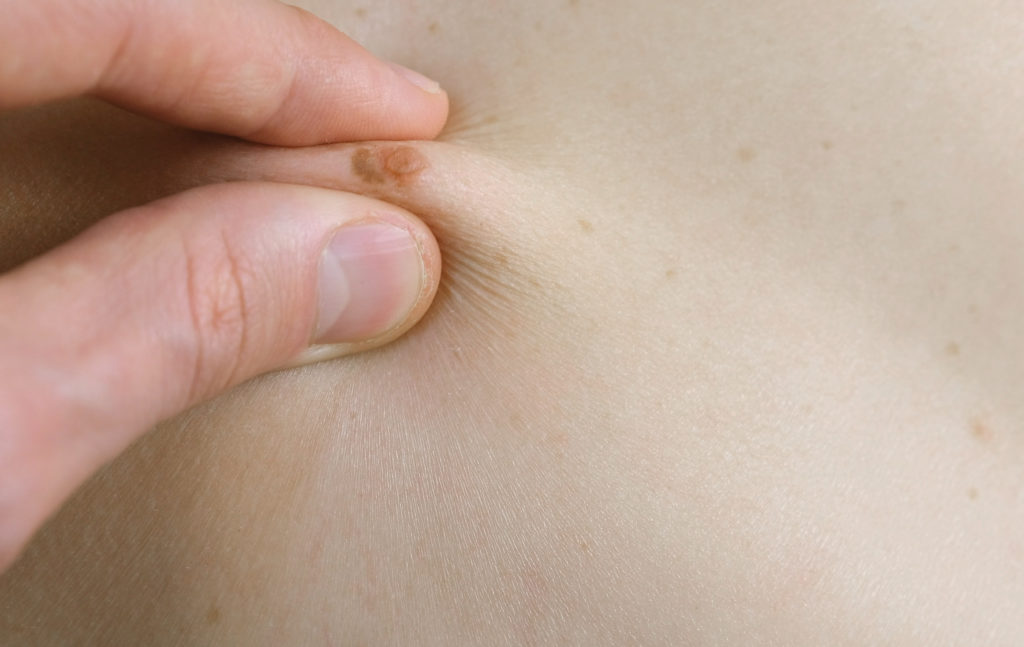Though we have previously discussed the importance of detecting skin cancer early on, as well as the importance of taking steps to protect yourself, it is critical to understand the various ways to reduce your risk of skin cancer. At Allen-Taintor Dermatology, we are passionate about protecting your health. If you are worried about the risk of skin cancer, you should consult with our experienced team for more information and to schedule an exam with us. There are many various skin conditions and skin cancer is one of the most devastating ones out there. Reducing the risk of skin cancer is extremely important.
Visit a Dermatologist
 It is important to ensure that you see our professional team on an annual basis. This will help to ensure that a professional skin exam can be completed in order to help you to catch signs early on. By visiting a dermatologist, you can ensure that a thorough skin exam is completed. Schedule an exam with us at least once a year in order to protect yourself and your health.
It is important to ensure that you see our professional team on an annual basis. This will help to ensure that a professional skin exam can be completed in order to help you to catch signs early on. By visiting a dermatologist, you can ensure that a thorough skin exam is completed. Schedule an exam with us at least once a year in order to protect yourself and your health.
Wear Sunglasses
While many people understand the impact that the sun can have on the skin, fewer are aware that it can also impact the health of your eyes. Wearing sunglasses is incredibly important when you are outside. This can help to prevent UV rays from burning your eyes, which can lead to both discomfort and substantial health issues. Ensure that you wear sunglasses that are designed specifically to block UV rays. It is also important to ensure that your sunglasses are functional and capable of enhancing your comfort. This can also be particularly beneficial when you are driving, as the sun can lead to hazardous driving conditions.
Seek Shade
Whenever possible, you should try to spend time in the shade while you are outside. This can help to reduce your risk of skin cancer, by reducing the amount of UV rays that will come into contact with your skin. This is especially important between the hours of 10a.m. and 4 p.m. During this time frame is generally when the rays from the sun are the strongest. Staying in the shade can substantially help to protect your skin. If you are worried that the shade will be rather sparse, you can bring an umbrella or other fixture to provide shade.
Wear Sunscreen
Sunscreen is an incredibly important component of reducing your risk of skin cancer. It is important to wear sunscreen whenever you intend to spend time out in the sun. In general, you will want to ensure that you put sunscreen on approximately 30 minutes before you will actually be exposed from the sun. This ensures that the sunscreen will be as effective as possible. It is also important to make sure that you reapply the sunscreen on a regular basis. Sunscreen won’t last indefinitely and ensuring that you reapply it on a consistent basis will help to ensure the best possible protection for your skin.
Sun-Protective Clothing
It can be beneficial to ensure that you use clothing that will provide adequate protection for your skin. Though it can be tempting to wear minimal clothing in warmer temperatures, you will want to ensure that you wear clothing that will cover as much of your skin as possible. For example, long sleeves can help to reduce the amount of skin that is exposed to the UV rays from the sun. The right clothing can go a long way toward reducing your risk of skin cancer and preventing damage to your skin. Ensure that exposed areas of your skin are covered thoroughly with sunscreen.
Be Careful in Certain Areas
It can be easy to overlook the importance of sunscreen during the winter. However, there are certain times in which you have to be especially cautious regarding the health of your skin. When you are standing somewhere near water, sand, or snow, you need to ensure that you have your skin appropriately protected. UV rays can reflect off of these surfaces, which can amplify the amount of damage that occurs to your skin. By protecting your skin around these fixtures, you can provide the best possible protection for your skin.
Avoid Tanning Beds
It is similarly important to avoid the use of tanning beds. Even if the tanning methods are artificially created, they can still cause damage to the health of your skin. By avoiding tanning beds, you will be able to reduce damage to your skin. If you prefer the appearance of a tan, there are always self-tanning lotions that can be implemented to provide the appearance of the tan, without causing damage to your skin. Tanning beds are highly capable of causing damage to your skin and increasing your risk of skin cancer.
Wear a Hat
Hats can be an additional method for providing extra coverage for your skin. Choose hats that have a wide brim that will help to shade your face from the sun. This can go a long way toward preventing damage that may otherwise occur to your skin.
Examine your Skin Regularly
It is important to hold regular skin exams to detect the presence of skin cancer in the early stages. Skin cancer is often much more treatable early on than when it is allowed to progress. Learn how to screen your skin and ensure that you do so regularly. Remember your ABCDEs so that you can detect potentially malevolent moles early on. This is extremely important in protecting your health and ensuring that you can detect the presence of skin cancer in the early stages.
Taking the steps to reduce your risk of skin cancer is extremely important in protecting your health. At Allen-Taintor Dermatology, our team is dedicated to providing you with the services to reduce your risk of skin cancer and improve the overall health of your skin. To learn more about our services or the steps you can take to reduce the risk of skin cancer, contact our team at Allen-Taintor Dermatology today!

